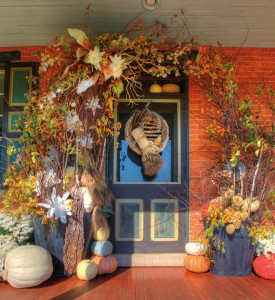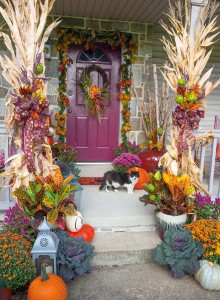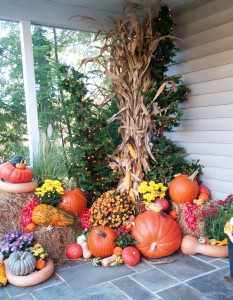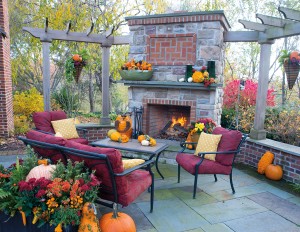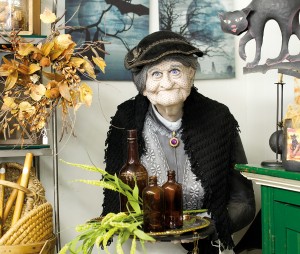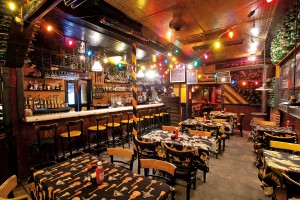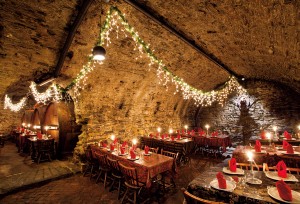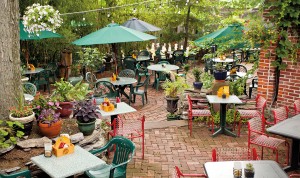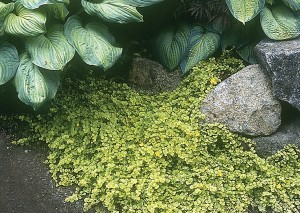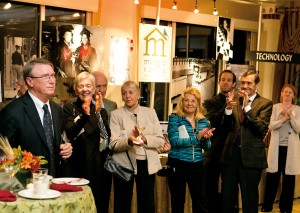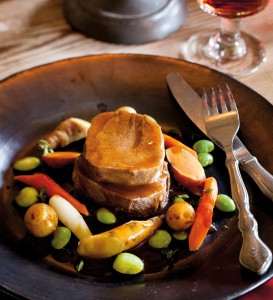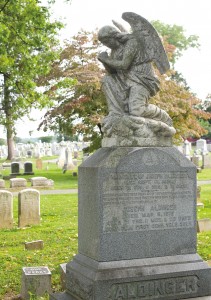The SCORE Foundation, which mentors America’s small businesses and serves more than 350,000 clients annually, recently honored A&E Audiology & Hearing Center as an Outstanding Woman-Owned Small Business, an award given by The SCORE Foundation.
Dr. Kamal Elliot, Au.D. started A&E Audiology in 2000 in a small Lititz office. Today, it has grown into full-time locations in Lititz, Lancaster and Willow Street, and has expanded to a staff of five licensed audiologists and a doctoral student.
The SCORE Foundation’s award recognizes Dr. Elliot’s efforts in successfully expanding A&E Audiology’s locations, healthcare services and number of employees, as well as its dedication to the community.
“A&E Audiology & Hearing Aid Center is an outstanding woman-owned small business that has made incredible strides in bringing convenient and quality healthcare services to members of the Lancaster community,” says SCORE CEO Ken Yancy. He also notes that more than half of the small-business clients served by the organization in 2013 were women.
717-283-4661 or havebetterhearing.com.





